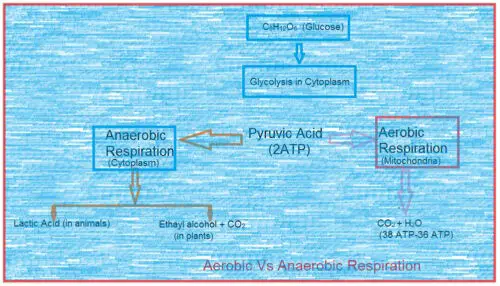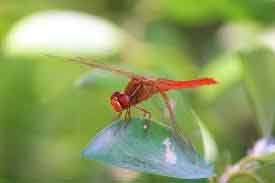Aerobic Vs Anaerobic Respiration: Definition, Differences and Significance
The word respiration is derived from the Latin ‘respirare’ meaning to breathe. Generally, respiration is the physio-chemical process which leads to the chemical breakdown of materials to provide energy for life. It occurs inside the living cells of all types of organisms (from prokaryotic bacteria and Achaeans to eukaryotic protests, fungi, plants, and animals) to … Read more






